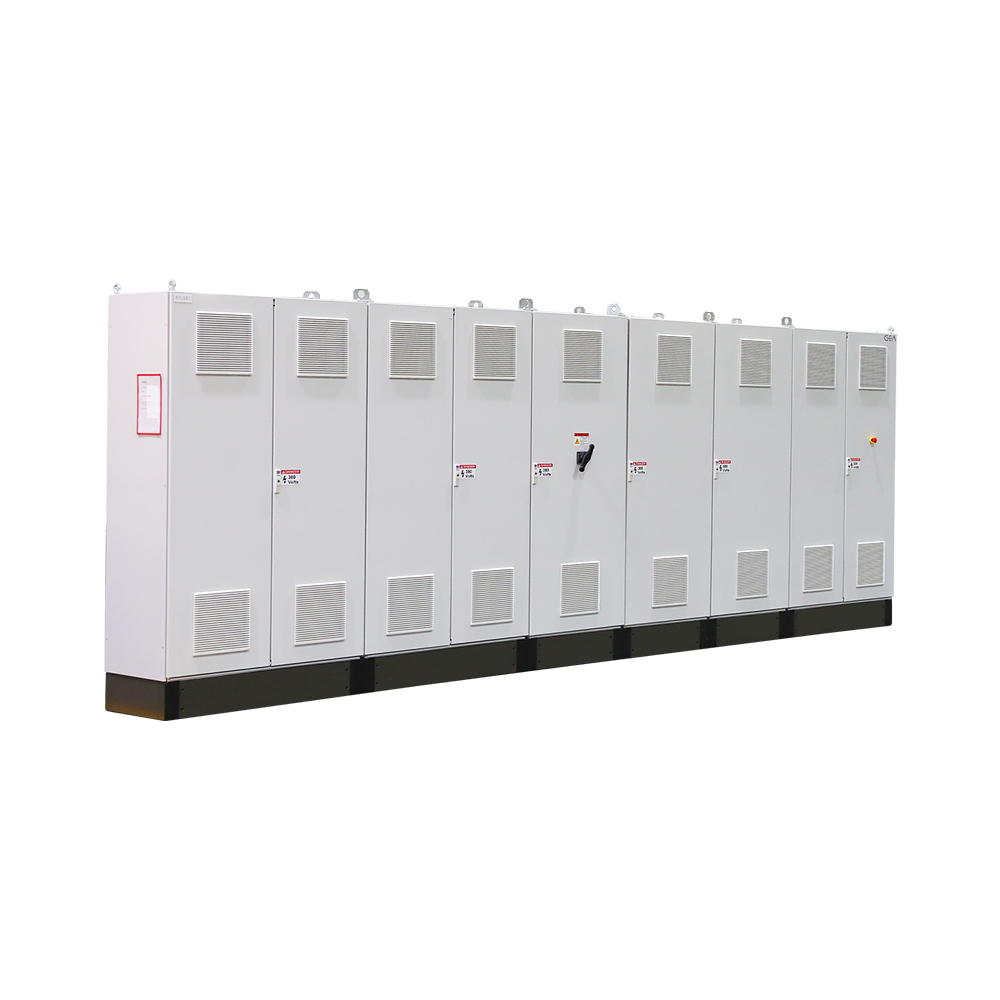2025-07-18
In the complex landscape of industrial automation, it’s crucial to distinguish between a control panel and a PLC panel, two fundamental yet different elements that work hand in hand to streamline operations. Many potential buyers and engineers often confuse these terms or use them interchangeably, but a clear understanding can significantly impact the design, functionality, and efficiency of automated systems. At its core, a control panel is a complete assembly that houses electrical and electronic components, including switches, circuit breakers, wiring, power supplies, human-machine interfaces (HMIs), and importantly, the PLC itself. The control panel acts as the physical framework and central nervous system for controlling machines and processes, offering operators a convenient and organized way to interact with the automation system.
The PLC, or Programmable Logic Controller, however, is a specialized device within this broader assembly. It functions as an industrial-grade digital computer designed specifically for automation tasks, executing control logic based on inputs received from sensors, switches, and other devices. The PLC processes this information in real time and triggers corresponding outputs to motors, valves, or other actuators to control machines or entire processes. This programmable device is renowned for its durability, flexibility, and ability to withstand harsh industrial environments, making it indispensable for precise, repeatable control operations.

While the PLC focuses solely on the logic processing and control functions, the control panel encompasses much more. It provides power distribution, protection, and safe housing for the electrical components, ensuring system reliability and operator safety. Control panels also integrate interfaces such as HMIs, which allow users to monitor system status, input commands, and receive alerts. The physical layout of the control panel is carefully engineered to optimize space, reduce electromagnetic interference, and facilitate easy maintenance — benefits that are crucial in high-demand industrial settings. From our extensive experience as a trusted manufacturer of industrial control solutions, we emphasize that the synergy between a well-designed control panel and a high-performance PLC is what delivers reliable automation performance and long-term operational efficiency.
Moreover, the control panel is custom-built to meet specific industry standards and client requirements, offering tailored solutions that accommodate diverse applications from manufacturing lines to HVAC systems. In contrast, the PLC is usually a modular component that can be programmed and reprogrammed to adapt to changing process needs without altering the hardware. This flexibility makes PLCs essential for businesses looking to future-proof their automation investments. When combined in a single control panel, the PLC and supporting components form a turnkey solution that minimizes installation time, reduces wiring errors, and simplifies troubleshooting — saving valuable downtime and operational costs.
In summary, the difference between a control panel and a PLC lies in their scope and function: the control panel is the complete infrastructure housing and supporting all the electrical components, including the PLC, while the PLC is the intelligent device executing the automation logic. For companies seeking dependable, scalable, and efficient automation solutions, investing in expertly engineered control panels with advanced PLCs built in offers a competitive advantage by enhancing process control, safety, and user accessibility. As a manufacturer dedicated to quality and innovation, we provide integrated control panels that deliver seamless control, reliability, and ease of use—helping our customers optimize their industrial automation systems with confidence.